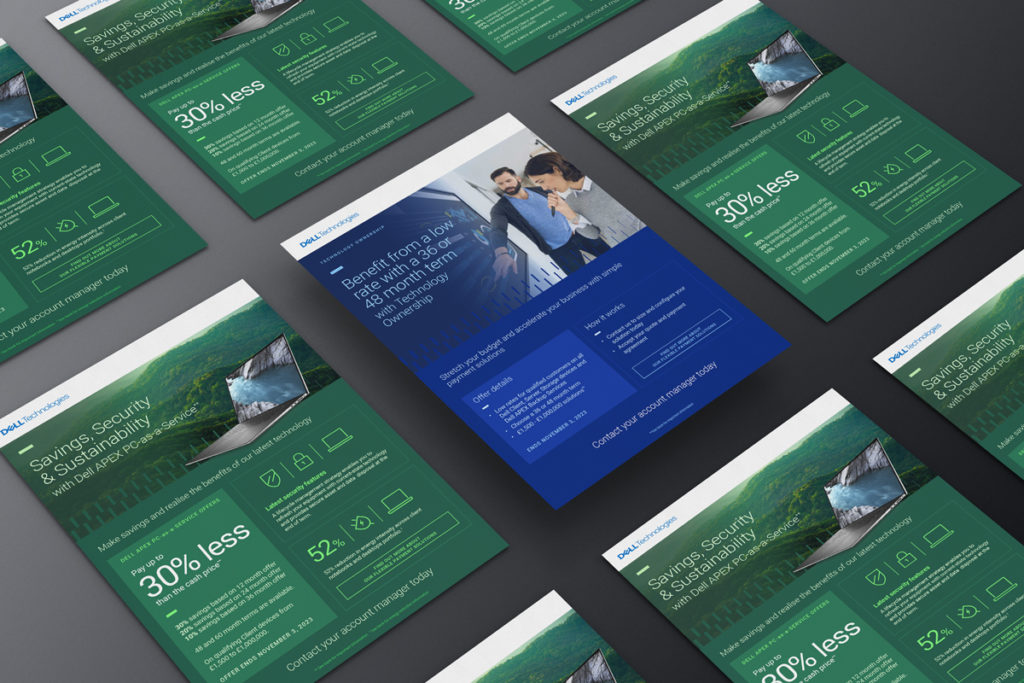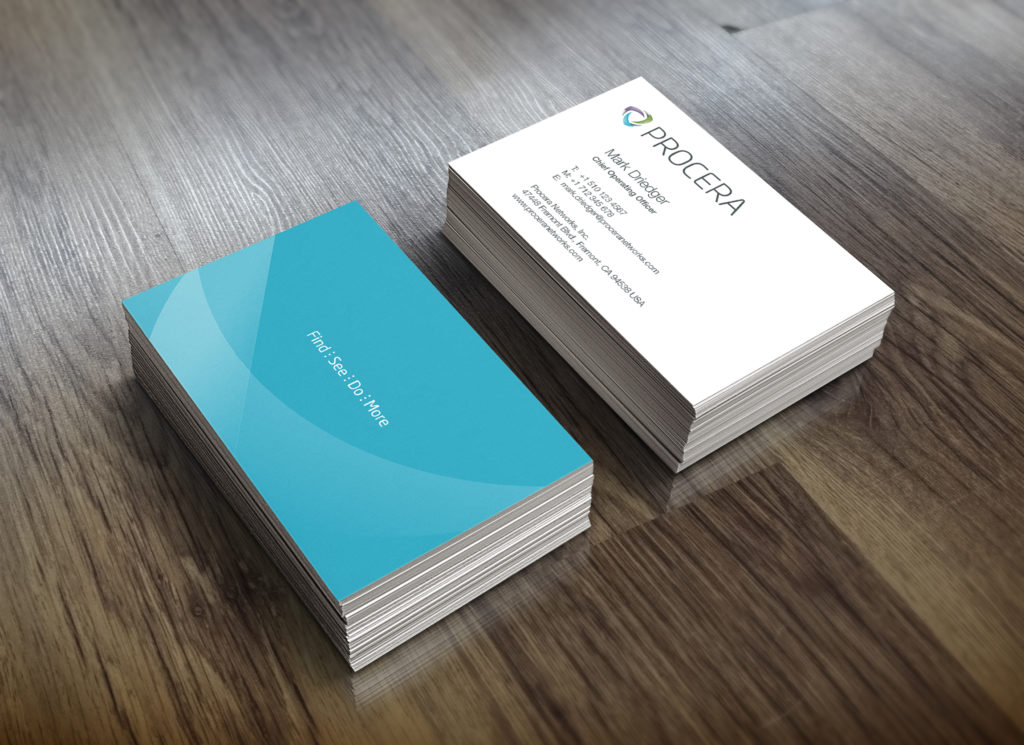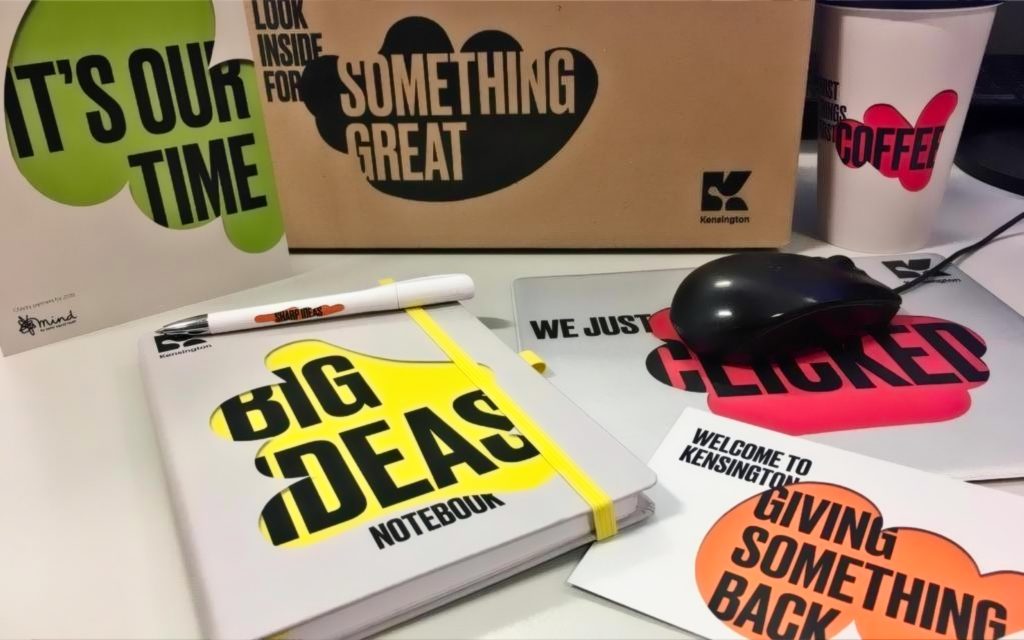Artificial Intelligence (AI) has undoubtedly become a cornerstone of modern innovation, transforming industries, driving efficiency, and enabling new capabilities. However, the rush to integrate AI into various facets of business and society often overlooks a crucial element: the people it is meant to serve. To truly harness the transformative power of AI, it is essential to adopt a people-first approach that prioritises human needs, ethical considerations, and societal impacts.
Understanding the People-First Approach
A people-first approach to AI innovation centers on designing and implementing AI technologies with a deep understanding of human contexts, needs, and values. This methodology ensures that AI advancements are not only technologically sound but also ethically responsible and socially beneficial.
- Human-Centric Design: At its core, a people-first approach begins with human-centric design. This involves engaging with end-users throughout the development process to understand their pain points, preferences, and aspirations. By incorporating user feedback and perspectives, AI solutions can be tailored to enhance user experience, increase accessibility, and foster trust.
- Ethical AI Development: Ethical considerations must be integrated into every stage of AI development. This includes ensuring data privacy, preventing algorithmic bias, and promoting transparency. Developers and organisations must be vigilant in assessing the potential impacts of AI on different demographic groups to avoid perpetuating inequalities or discrimination.
- Collaboration and Inclusivity: Innovation thrives in diverse environments. A people-first approach encourages collaboration across various disciplines, including ethicists, sociologists, and psychologists, alongside technologists. Inclusive teams are better equipped to foresee and mitigate unintended consequences, creating AI systems that are fairer and more equitable.
The Benefits of a People-First AI Strategy
Adopting a people-first approach to AI offers several significant benefits that extend beyond mere technological advancements.
- Enhanced Trust and Adoption: When users feel that their needs and concerns are addressed, they are more likely to trust and adopt AI solutions. Trust is a crucial factor in the widespread acceptance and integration of AI in everyday life.
- Improved User Experience: AI systems designed with a deep understanding of human behavior and preferences can provide more intuitive, efficient, and satisfying experiences. This leads to higher user engagement and satisfaction.
- Ethical Leadership and Brand Reputation: Companies that prioritize ethical AI development can position themselves as leaders in responsible innovation. This not only enhances their brand reputation but also builds long-term customer loyalty.
- Sustainable and Inclusive Growth: By addressing societal challenges and promoting inclusivity, a people-first AI approach contributes to sustainable development. It ensures that the benefits of AI are shared widely, reducing the risk of exacerbating social divides.
Practical Steps to Implement a People-First Approach
To effectively implement a people-first approach in AI innovation, organisations can take the following practical steps:
- Stakeholder Engagement: Actively involve diverse stakeholders, including end-users, community representatives, and subject matter experts, in the AI development process. This engagement helps identify potential issues and ensures the technology aligns with the needs and values of the community.
- Ethical Frameworks and Guidelines: Develop and adhere to ethical guidelines for AI development. These frameworks should cover data privacy, algorithmic fairness, and accountability, providing a clear roadmap for responsible innovation.
- Interdisciplinary Teams: Form interdisciplinary teams that bring together technical experts, ethicists, and social scientists. This collaboration fosters a holistic approach to problem-solving and innovation.
- Continuous Monitoring and Evaluation: Implement mechanisms for continuous monitoring and evaluation of AI systems post-deployment. This ensures that the technology remains aligned with user needs and ethical standards over time.
- Education and Awareness: Promote education and awareness about AI ethics and responsible usage within the organisation and the broader community. Empowering people with knowledge helps in building a culture of accountability and ethical innovation.
Conclusion
In the rapidly evolving landscape of AI, embracing a people-first approach is not just a moral imperative but also a strategic advantage. By focusing on human needs, ethical considerations, and inclusive growth, organizations can drive innovation that is not only groundbreaking but also beneficial to society as a whole. The future of AI lies in its ability to enhance human capabilities and improve lives, and a people-first approach is the key to realizing this potential.
We specialize in driving business growth through strategic creative.
We effectively capture and convert leads with tailored campaigns and compelling designs. We capture interest and convert prospects into loyal customers.
Trust us to boost your sales and maximise your business potential.
Accelerate your lead generation strategy with Abbey.
Your website is your digital storefront, and keeping it updated is crucial
Regular updates enhance user experience, boost search engine rankings, and instill trust in your visitors. Don’t let your online presence become outdated.
Partner with us to captivate users, drive engagement, and stay ahead in the digital landscape.
Stay relevant with Abbey.
In today’s fast-paced world, where attention spans are shrinking and competition is fierce, brands are constantly seeking new ways to connect with their audience. While visual branding has long been a cornerstone of brand identity, another dimension is increasingly gaining recognition: sonic branding. Sonic branding, the strategic use of sound elements to build brand identity, is proving to be a powerful tool for companies looking to create memorable and engaging brand experiences.
The Power of Sound
Sound has a profound impact on human emotions and behavior. From the familiar jingle of a brand’s advertisement to the soothing tones of a customer service hotline, sound can evoke specific feelings and associations in consumers’ minds. Research has shown that auditory cues can trigger powerful emotional responses and significantly influence purchasing decisions. By harnessing the power of sound, brands can create a deeper, more immersive brand experience that resonates with their audience on a visceral level.
Building Brand Identity
Just as visual elements like logos and colour schemes help to distinguish a brand, sonic elements can also play a crucial role in shaping brand identity. A well-crafted sonic logo, or audio signature, can instantly evoke a brand’s identity and values, helping to reinforce brand recognition and recall. Whether it’s the iconic chime of Intel or the distinctive “Intel Inside” jingle, these sonic elements serve as sonic ambassadors, representing the essence of the brand across various touchpoints.
Enhancing Brand Experience
In today’s omnichannel landscape, where consumers interact with brands across multiple platforms and devices, sonic branding offers a unique opportunity to create a cohesive and immersive brand experience. Whether it’s a brand’s website, mobile app, or physical storefront, strategically placed sound elements can enhance the user experience and create a sense of continuity across touchpoints. By carefully curating the sonic landscape, brands can create a seamless journey for their audience, reinforcing brand identity and fostering brand loyalty.
Standing Out in a Crowded Market
As the marketplace becomes increasingly saturated, brands are constantly seeking ways to differentiate themselves from the competition. Sonic branding offers a distinct opportunity for brands to stand out in a crowded market. By creating a unique sonic identity that sets them apart from competitors, brands can capture the attention of consumers and leave a lasting impression. Whether it’s through a catchy jingle, a memorable sound logo, or a custom sound environment, sonic branding can help brands cut through the noise and carve out a distinctive identity in the minds of consumers.
Looking Ahead
As brands continue to explore new avenues for engagement and differentiation, the importance of sonic branding is only expected to grow. With the rise of voice-activated devices, audio streaming platforms, and immersive technologies like augmented reality, sound will play an increasingly central role in how consumers interact with brands. By embracing sonic branding as a strategic tool, brands can create richer, more memorable brand experiences that resonate with their audience and drive long-term brand loyalty.
Understanding the power of brand aesthetics is paramount for businesses looking to increase revenue and sales.
At Abbey, we understand this power. We craft a captivating look and feel for your brand that resonates with your audience’s emotions and aspirations.
Partner with us to create a memorable brand identity that stands out and connects deeply.
Transform your brand with Abbey.
The pivotal role of tone of voice in branding lies at the heart of establishing a distinctive and memorable identity for a business.
Consistency in tone across all touchpoints reinforces brand identity and enhances brand recognition, ultimately driving customer engagement, satisfaction, and loyalty.
In a competitive market landscape, where differentiation is key, mastering the tone of voice is essential for businesses to stand out, resonate with their audience, and ultimately, drive success.
Let Abbey elevate your brand’s voice, foster deeper connections and set you apart in your market.
In a rapidly evolving and competitive business landscape, organizations understand the pivotal role that creativity and innovation play in design. By encouraging and nurturing these qualities, companies can unlock the potential for groundbreaking ideas, novel solutions, and transformative design experiences.
In this article, we delve into various strategies and practices employed by organizations to foster creativity and innovation in design, empowering their teams to push boundaries, think differently, and drive impactful outcomes.
Cultivating a Supportive Environment:
Organisations that prioritize creativity and innovation in design create an environment that encourages risk-taking, experimentation, and collaboration. This starts with fostering a culture that values and rewards creative thinking, where employees feel empowered to share their ideas without fear of judgment or failure. Open communication channels, cross-functional collaboration, and regular brainstorming sessions provide avenues for designers to express their thoughts, exchange perspectives, and spark inspiration. Encouraging autonomy and granting creative freedom to designers within defined boundaries can also fuel their passion and imagination.
Embracing Diversity and Inclusion:
Diversity and inclusion are fundamental to promoting creativity and innovation in design. By building diverse teams with individuals from various backgrounds, cultures, and experiences, organizations can tap into a rich tapestry of ideas and perspectives. Different viewpoints challenge the status quo, stimulate fresh thinking, and foster innovative design solutions. Creating a culture of respect and inclusion, where every team member feels valued and their contributions are acknowledged, not only enhances creativity but also drives a sense of belonging and collective ownership.
Continuous Learning and Skill Development:
To foster creativity and innovation, organisations must invest in the ongoing learning and skill development of their design teams. Providing opportunities for training, workshops, conferences, and industry events allows designers to expand their knowledge, explore emerging trends, and stay updated with the latest tools and techniques. Cross-pollination of ideas through exposure to diverse domains and disciplines can spark new insights and unconventional approaches to problem-solving. Additionally, mentorship programs and knowledge-sharing initiatives facilitate the transfer of expertise, enabling designers to learn from seasoned professionals and cultivate their skills.
Encouraging a User-Centred Mindset:
Design that truly resonates with users often stems from a deep understanding of their needs, aspirations, and pain points. Organisations that encourage a user-centred mindset in their design process foster empathy and curiosity among their teams. By conducting user research, engaging in user testing, and gathering feedback, designers gain valuable insights that inspire innovative ideas and drive meaningful design improvements. This approach ensures that design decisions are grounded in the end-user’s perspective, leading to more impactful and user-centric solutions.
Creating Space for Experimentation:
Creativity thrives in an environment that allows for experimentation and embraces failure as a stepping stone to success. Forward-thinking organizations carve out space for designers to explore unconventional ideas, take calculated risks, and learn from setbacks. Designers are encouraged to prototype, iterate, and test concepts to discover breakthrough solutions. This freedom to experiment fuels a culture of innovation, where fresh ideas are celebrated, and valuable lessons are gleaned from both successes and failures.
Conclusion:
Nurturing creativity and innovation in design is an investment that yields significant returns for organisations. By cultivating a supportive environment, embracing diversity, fostering continuous learning, encouraging a user-centred mindset, and creating space for experimentation, companies can unleash the full potential of their design teams. Empowered designers equipped with the tools and freedom to think differently and push boundaries are more likely to generate breakthrough ideas, drive innovation, and create exceptional user experiences.
Ultimately, organisations that prioritize and foster creativity in design gain a competitive edge, as they pioneer transformative solutions that captivate and delight users in an ever-evolving landscape.
Email remains one of the most reliable and cost-effective digital channels to engage with your audience, but the complexities of privacy, accessibility and security can be challenging.
We understand these challenges and specialize in creating compelling e-shots that captivate your audience and elevate your brand communications.
Through strategic design and targeted messaging, we engage your audience and drive impactful interactions. With eye-catching visuals and persuasive content, our e-shot assets capture attention and encourage immediate action, driving conversions and boosting sales.
Partner with us to redefine your message with Abbey.
We specialize in creating impactful social posts that amplify your brand’s voice.
Leveraging engaging visuals and compelling content, we captivate your audience and drive meaningful connections.
Partner with us to craft posts that resonate, engage, and elevate your brand’s digital presence.
Boost engagement and accelerate growth with Abbey.
In the ever-evolving landscape of digital marketing, TikTok has emerged as a global sensation, captivating audiences with its short-form, visually engaging content. The question on many business owners’ minds is whether TikTok is a worthy platform for their marketing endeavors. Let’s dive into the pros and cons of using TikTok for business and explore whether this vibrant platform aligns with your brand’s goals.
PROS:
- Expansive and Diverse Audience:
TikTok boasts an extensive user base, spanning various demographics. With millions of active users, the platform provides an opportunity to tap into a diverse audience. - Engagement Amplified:
TikTok thrives on user engagement. Its algorithm prioritizes content that resonates with viewers, offering businesses a chance to create compelling, shareable content that can go viral. - Showcasing Creativity:
TikTok is a playground for creativity. Businesses can leverage the platform’s features to showcase their products or services in unique and entertaining ways, fostering a connection with their audience.
CONS:
- Demographic Specificity
TikTok’s primary user base skews younger, with a significant presence among Gen Z. If your target audience is older, you might need to assess whether TikTok aligns with your demographic. - Content Challenges:
Crafting effective, short-form content requires a distinct skill set. Businesses need to adapt their messaging to fit TikTok’s dynamic and fast-paced environment, which might be challenging for some. - Algorithm Complexity:
Understanding TikTok’s algorithm can be perplexing. Maximizing visibility requires a grasp of the platform’s unique dynamics, which might take time to master.
Verdict:
The decision to use TikTok for business hinges on various factors. If your brand aligns with a younger demographic and you’re willing to invest time and creativity into short-form content, TikTok could be a valuable addition to your marketing arsenal. However, it’s crucial to approach TikTok with a clear strategy, ensuring that your content resonates with the platform’s audience.
Tips:
- Start Small and Experiment:
Dip your toes into TikTok waters by experimenting with a few videos. Assess engagement, analyze metrics, and adjust your strategy accordingly. - Align with Your Brand Voice:
Maintain consistency with your brand voice and values. Authenticity is key on TikTok, and users appreciate genuine content. - Stay Informed:
Keep abreast of TikTok trends, features, and changes in the algorithm. Being adaptable ensures your strategy remains effective.
Conclusion:
TikTok can be a powerful tool for businesses willing to embrace its unique culture and engage with a younger audience. Careful consideration of your brand, target audience, and resources will guide whether TikTok is the right fit for your business objectives.




